What is experimental?

What is "experimental" in each era? Twentieth-century literature emerged under the banner of the avant-garde, with works—like those of Virginia Woolf or Marcel Proust—that broke with traditional rules. These works employ unconventional language, fragmented structures, and discontinuous psychological processes.
These elements have had an impact on culture ever since, and two novels recently released in Brazil provide an opportunity to reflect on this question: Berg, by Ann Quin, and The Girls of the Orange Grove, by Gabriela Cabezón Cámara.
The first novel by English writer Ann Quin (1936–1973), Berg was published in 1964. The protagonist sets out on a journey to find and kill his father; his first step is to scramble his own identity, inverting his name and introducing himself to people as "Greb".
Argentine writer Gabriela Cabezón Cámara released Las Meninas do Laranjal in 2023. The story is set in the early 17th century and follows Antonio, born Catalina, who becomes a soldier in the New World after having been a nun in the Old.
Berg's experimentalism lies in his strategies for presenting the oscillations of his protagonist's mental state. To what extent can we trust the "reality" of what happens in the novel? Are the scenes the result of the protagonist's delusions, or are they shared by other characters?
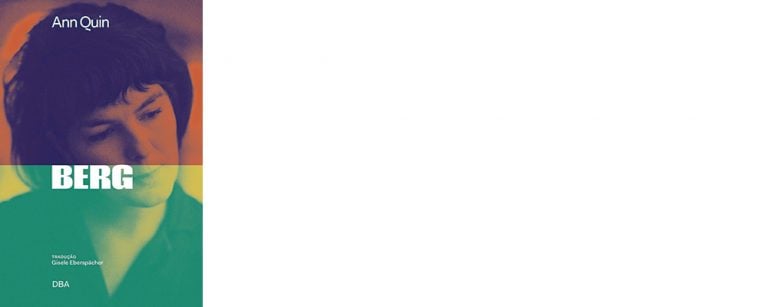 Berg. Ann Quin. Translated by: Gisele Eberspächer. DBA (184 pages, 76.90 reais)
Berg. Ann Quin. Translated by: Gisele Eberspächer. DBA (184 pages, 76.90 reais)
Some important narrative events are contradicted as the story progresses—and it is precisely this instability that marks the reading experience of Ann Quin's novel. Often, without warning, the protagonist's subjective impressions invade the description of external reality, making it difficult to narrowly define what is "outside" or "inside," "perception" or "projection."
In the case of As Meninas do Laranjal, experimentalism is not in the self-absorption of a subjectivity, but rather in the multiplication of voices and records of existence presented.
Wanting to repay what he believes was a miracle from the Virgin of Laranjal, soldier Antonio escapes from his barracks, taking with him two indigenous children held captive by his superior. During his escape, he writes a letter to his aunt, who is in Spain, crossing the forest with the children, two monkeys, and two horses.
Gabriela mixes not only Spanish with Latin and some words in Guarani, but these three human lives with fire, rain, trees, sounds and animals.
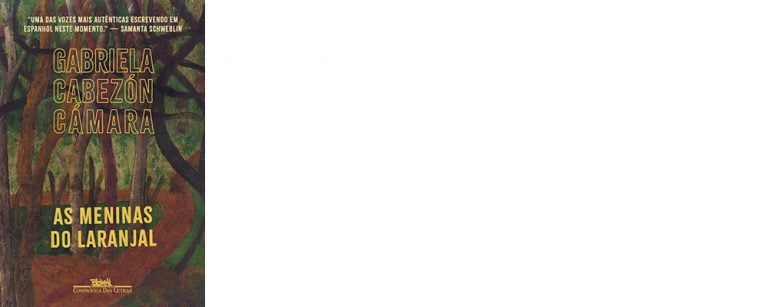 The Girls of the Orange Grove. Gabriela Cabezón Cámara. Translated by: Silvia Massimini Felix. Companhia das Letras (216 pages, R$89.90)
The Girls of the Orange Grove. Gabriela Cabezón Cámara. Translated by: Silvia Massimini Felix. Companhia das Letras (216 pages, R$89.90)
If Berg responds to a certain bare dimension of human experience in the two decades following the Second World War, The Girls of the Orange Grove responds to the wave of demands for visibility from repressed strata of that same experience.
Ann Quin recaptures the psychological density of Virginia Woolf and the structured geometrization of Samuel Beckett. Gabriela Cabezón Cámara revisits both colonial history and historical fiction, embracing the "vitalist worldview" of the Mbiá-Guarani, as she herself notes in her acknowledgments.
There is no text without context. And all experimentalism operates based on certain tacit precepts that vary across time and space.
Berg and The Girls of the Orange Grove, despite their differences, converge on this point: by reinventing language and our modes of psychological reflection, literature also registers, obliquely, the limits of what can be considered “eccentric” or “difficult.” •
SHOWCASEBy Ana Paula Sousa
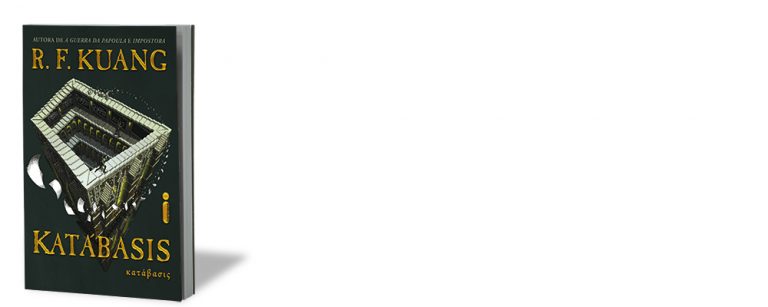 After the success of Impostora: Yellowface, Chinese-American RF Kuang wrote Katábasis (Intrínseca, 480 pages, 69.90 reais), defined, in the promotional material, as a book “that unites romance, logic, philosophy and Greek and Chinese mythology” to deal with misogyny and power structures.
After the success of Impostora: Yellowface, Chinese-American RF Kuang wrote Katábasis (Intrínseca, 480 pages, 69.90 reais), defined, in the promotional material, as a book “that unites romance, logic, philosophy and Greek and Chinese mythology” to deal with misogyny and power structures.
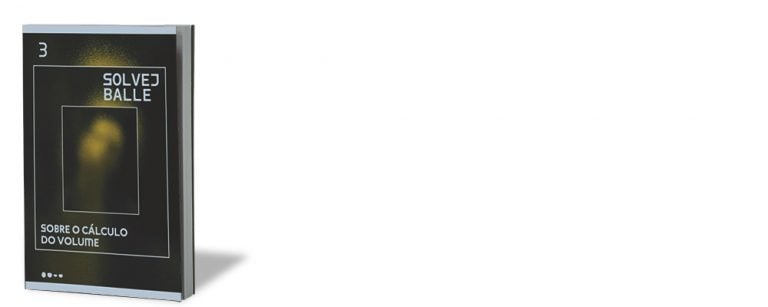 This month, Todavia publishes "On Calculation" Volume 3 (168 pages, R$99.90), continuing the septology by Danish author Solvej Balle. The saga's protagonist is a woman trapped on November 18th. The device lends itself to a reflection on memory and time.
This month, Todavia publishes "On Calculation" Volume 3 (168 pages, R$99.90), continuing the septology by Danish author Solvej Balle. The saga's protagonist is a woman trapped on November 18th. The device lends itself to a reflection on memory and time.
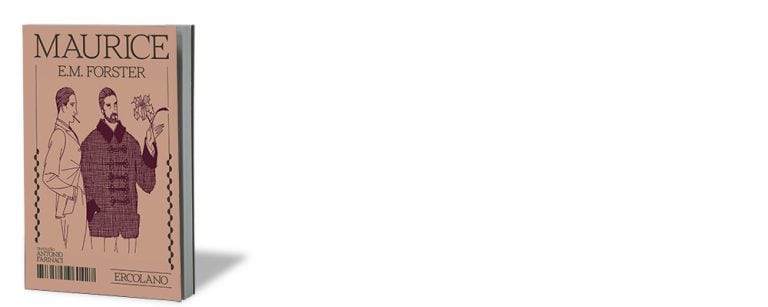 Written in the first decade of the 20th century, EM Forster's Maurice (336 pages, R$125) was only published in 1971. This delay, a reflection of the taboo surrounding homosexuality, contributed to making the work a landmark in queer literature. Ercolano is now re-releasing it in a new translation and hardcover.
Written in the first decade of the 20th century, EM Forster's Maurice (336 pages, R$125) was only published in 1971. This delay, a reflection of the taboo surrounding homosexuality, contributed to making the work a landmark in queer literature. Ercolano is now re-releasing it in a new translation and hardcover.
Published in issue no. 1384 of CartaCapital , on October 22, 2025.
This text appears in the print edition of CartaCapital under the title 'What is experimental?'
CartaCapital




